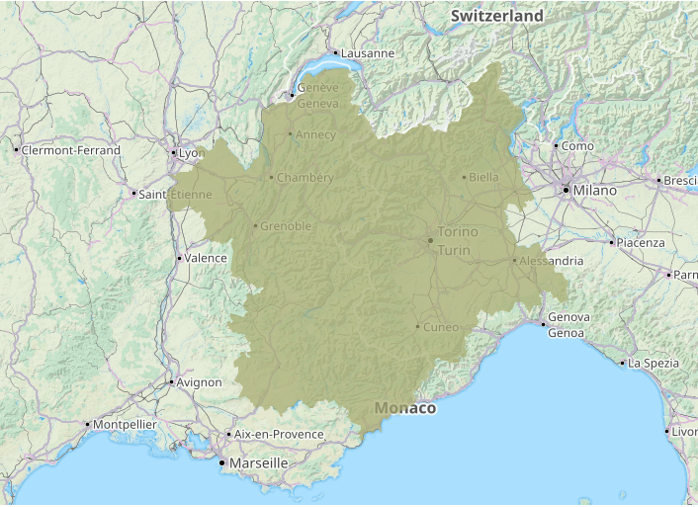
[Madrid; danger exites even if quite balanced, safety kills with boredom]
All raise your hands; who thinks we have reached the end of the Age of Compliance …?
Hmmm, not too many hands. Must be because you’re a totalitarian-bureaucratic lot with the illusion that your underling creeping back into the corner approach is equal to being powerful. Ah, power, the one thing you craved so much, out of uncertainty and frustration!
To be true, the Age of Compliance, in ascendance since before the turn of the Millennium and having had such a nice boost from an utter misreading of completely unnecessary (if not for common law) SOx legislation, has refined itself into all sorts of directions and common cultures in a way that Ortega y Gasset wouldn’t have dreamt of.
Which is how the 1% of power wanted it (read Seth Godin’s blog on Bullies). To subdue the 96% of drones. To corner the 3% of Defectors (read Bruce Schneier’s book Liars and Outliers). To enlist the ethically corrupt that follow orders without thinking, to suppress freedom. To standardize, to capture in process and procedure, to choose the open labor camp over the wilderness of freedom.
Now I’m ranting. But not by too much.
Luckily, like any empire so the empire of top-down control will subside, crumble, deteriorate, degenerate in its corner of bureacratic stall and standstill. The ones that escape(d), the ones that are on their own way to actual newness and developemnt, innovation, will build their next thing.
Yes, the Age of Compliance is waning. Some utopian new societal structure will appear. We still have a chance to let it build alongside the Old without the need for violence and revolution, but it’s a difficult route to navigate between Scylla and Charibdis. Will we manage? Only if we pay attention, to content and development-as-a-project of this New.
Hey, would anyone know of a research institute or research program that keeps track of this all, from a sociological perspective ..?

 [Ronda, Spain]
[Ronda, Spain] [Generalife, Granada]
[Generalife, Granada] [Looks like legend, but simply (?) is Segovia, Spain]
[Looks like legend, but simply (?) is Segovia, Spain]
 [Toronto, but you knew that]
[Toronto, but you knew that]

 Madrid, perspectives: where you stand, where you look at.
Madrid, perspectives: where you stand, where you look at.




